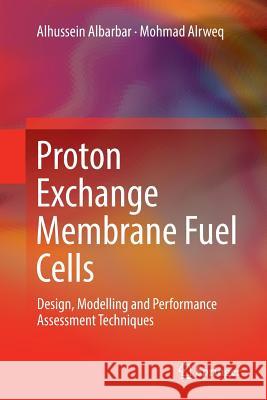Proton Exchange Membrane Fuel Cells: Design, Modelling and Performance Assessment Techniques » książka
topmenu
Proton Exchange Membrane Fuel Cells: Design, Modelling and Performance Assessment Techniques
ISBN-13: 9783319889849 / Angielski / Miękka / 2018 / 163 str.
Proton Exchange Membrane Fuel Cells: Design, Modelling and Performance Assessment Techniques
ISBN-13: 9783319889849 / Angielski / Miękka / 2018 / 163 str.
cena 462,63 zł
(netto: 440,60 VAT: 5%)
Najniższa cena z 30 dni: 459,42 zł
(netto: 440,60 VAT: 5%)
Najniższa cena z 30 dni: 459,42 zł
Termin realizacji zamówienia:
ok. 20 dni roboczych.
ok. 20 dni roboczych.
Darmowa dostawa!
Kategorie:
Kategorie BISAC:
Wydawca:
Springer
Język:
Angielski
ISBN-13:
9783319889849
Rok wydania:
2018
Wydanie:
Softcover Repri
Ilość stron:
163
Waga:
0.27 kg
Wymiary:
23.37 x 16.26 x 0.99
Oprawa:
Miękka
Wolumenów:
01
Dodatkowe informacje:
Wydanie ilustrowane











